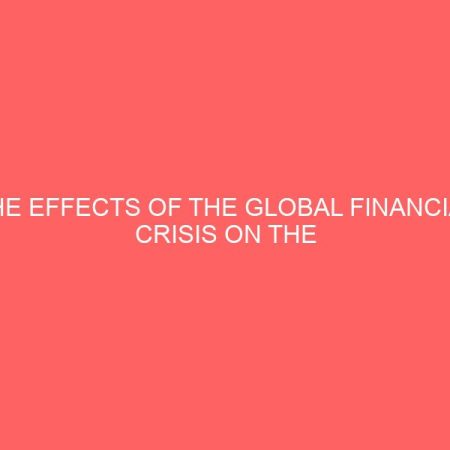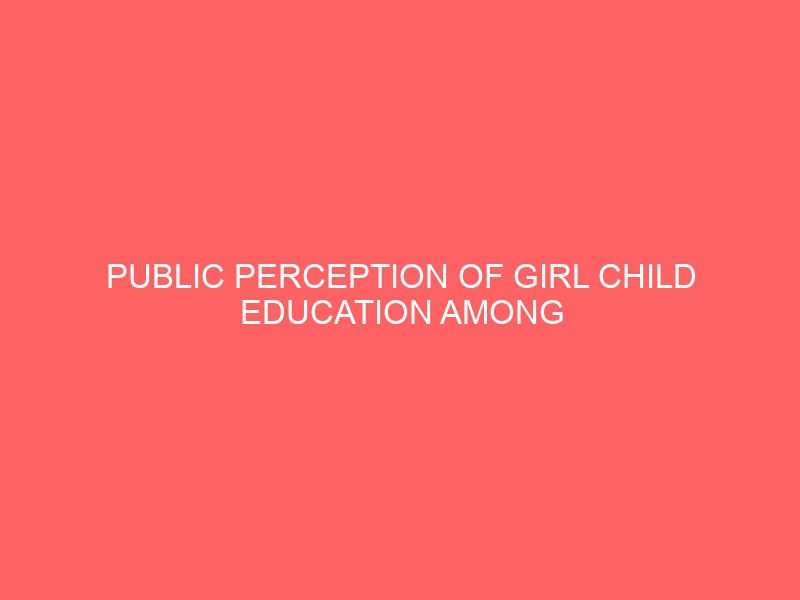Description
CHAPTER ONE INTRODUCTION 1.1 Background to the study The girl-child, according to Offorma (2009) is the biological female offspring from birth to 18 years of age. This is the age before one becomes young adult. This period covers the cr?che, nursery or early childhood (0?5years), primary (6?12years) and secondary school (12? 18years). During this period, the young child is totally under the care of the adult who may be her parents or guardians and older siblings. At this stage, the girl-child is malleable, builds and develops her personality and character. She is very dependent on the significant others, those on whom she models her behaviour, through observation, repetition and imitation. Her physical, mental, social, spiritual and emotional developments start and progress to get to the peak at the young adult stage (Offorma, 2009). The position of the girl-child in the family and the society at large has biological and historical antecedents. Buttressing this fact, Oyigbenu (2010) observed that the girl-child, and indeed women the world over, especially in Africa and Nigeria, have had their destiny sealed from birth by tradition and culture on account of their sex. Continuing, Oyigbenu (2010:7) disclosed that they have been called the weaker sex in order to justify societal discrimination and oppression against them. They must remain silent hewers of wood and drawers of water, bearers of children, and toilers of arduous labour from sun-rise to sun-down. They can be seen but not to be heard in both the private and the public spheres of decision making. The girl-child by the natural status ascribed to her by male-defined norms of societal conduct and behaviour remains a property to be owned and commoditized. Consequently her rights appear to be circumscribed by tradition, custom, and the chauvinism of male patriarchy in most cultures. A consequence of the above scenario is that right from birth the girl-child is placed on an unequal position with the male child thus putting her chances and extent of possible life achievement in jeopardy. One major area this unequal treatment is manifest is in the area of formal education. Without education the girl child suffers. This is aptly summarized by Hagher (2002) when he noted that without school, no job; without job, no husband, and no beautiful clothes. This position is supported by Oyigbenu (2010) when he stated that lack of access to education is indeed the end of the world, because without it there is certainly no future for the girl-child in the strict sense of full inclusion and participation in the development process, self actualization, self-fulfilment and personal freedom. The need to educate the girl child is informed by the fact that purposeful occupational achievement and satisfaction is ensured by deep self-awareness and understanding which can only be achieved through the provision of effective a







